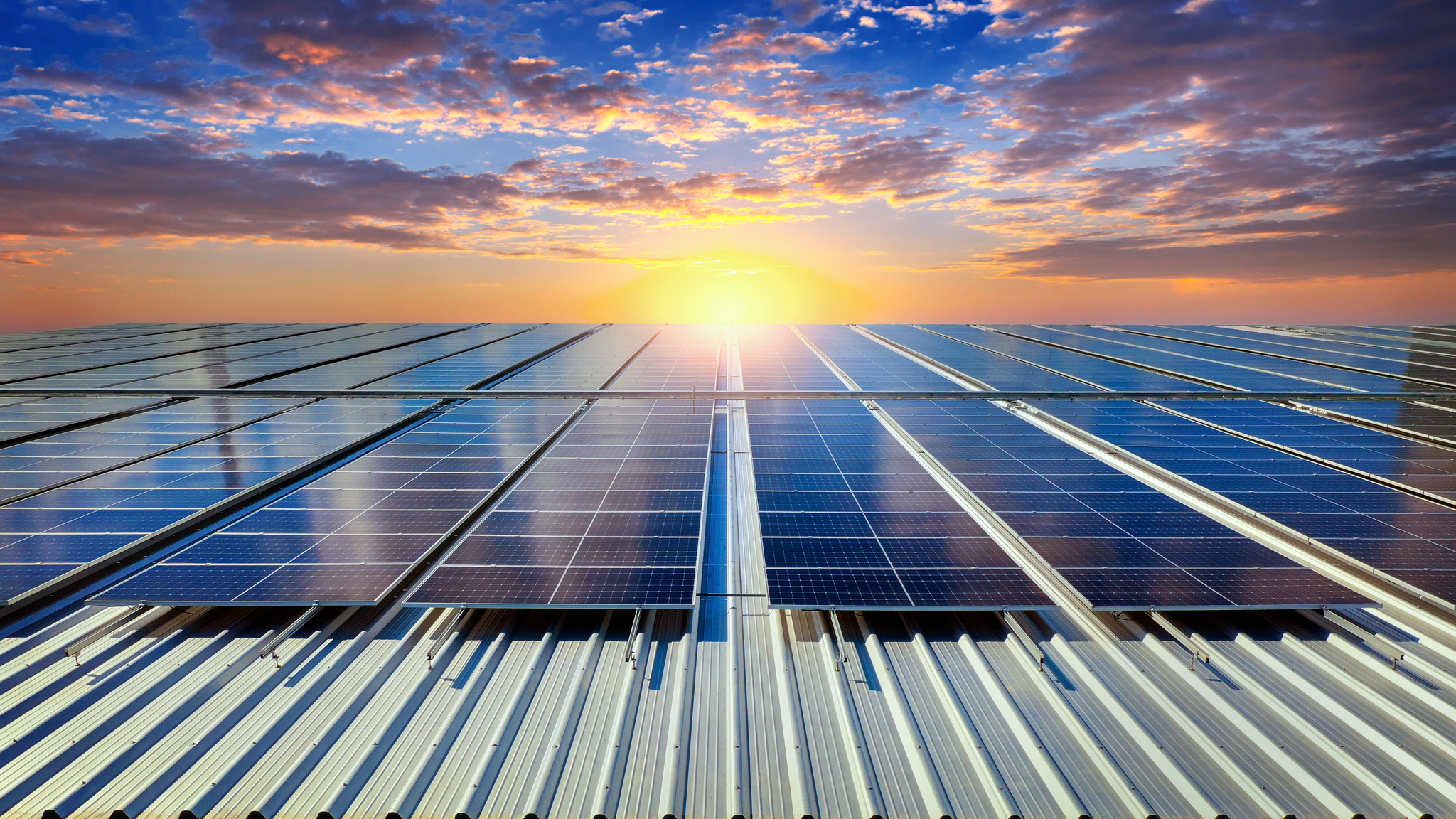How is Solar Energy Produced?
June 8, 2024

Solar energy has been gaining momentum as one of the most promising sources of renewable energy. People’s desire for clean and sustainable power solutions fuels its popularity. But have you ever wondered how solar energy is produced? In this guide, we’ll delve into the fascinating world of solar energy production, demystifying the process, and exploring the technology that powers it.
Understanding the Basics
Before we dive into the intricate details of solar energy production, let’s start with some fundamental concepts.
What Is Solar Energy?
The sun produces radiant energy known as solar energy, which is a renewable and abundant resource. We can harness and convert this energy into electricity and heat. Solar energy plays a pivotal role in the transition to more sustainable and eco-friendly energy sources brigning man benefits.
How Do Solar Panels Work?
At the core of solar energy production are photovoltaic cells, commonly known as solar panels. These panels are responsible for converting sunlight into electricity. The process can be summarized in three simple steps:
- Absorption: Solar panels are equipped with semiconductor materials, often made of silicon, which absorb photons from sunlight.
- Electron Excitation: When photons are absorbed, the semiconductor material’s electrons become excited, creating an electric current.
- Electricity Generation: The excited electrons are captured to generate direct current (DC) electricity. An inverter is then used to convert DC electricity into alternating current (AC), which is the type of electricity used in homes and businesses.
With these basics in mind, let’s explore the broader process of solar energy production.
The Solar Energy Production Process
1. Solar Panel Technology
Solar panel technology has evolved significantly. Today, various types of solar panels are available, each with its unique characteristics and efficiency. Common types include monocrystalline, polycrystalline, and thin-film solar panels. These panels all operate on the principle of converting sunlight into electricity, though the materials and manufacturing processes differ.
2. Solar Energy Conversion
As mentioned earlier, the photovoltaic effect enables solar panels to convert sunlight into electricity. Semiconductor materials’ properties make this effect possible, allowing them to create an electric current when exposed to sunlight.
3. Solar Power Generation
Once the solar panels generate DC electricity, they must convert it into practical AC electricity. Inverters perform the crucial task of transforming DC electricity into AC electricity, enabling integration into the electrical grid or direct use for powering homes and businesses.
4. Solar Energy Storage
The intermittency of solar energy production poses a challenge. Solar power generation depends on sunlight, which isn’t constant. To address this, energy storage solutions like batteries are used to store excess energy produced during sunny days for use during the night or on cloudy days.
5. Integration with the Electrical Grid
Solar energy systems can be connected to the electrical grid. This enables surplus energy to be fed back into the grid, reducing the homeowner’s energy bills through a process called net metering and contributing to the overall energy supply.
6. Renewable Energy Sources
Solar energy is just one piece of the renewable energy puzzle. Combining solar energy with other renewable sources like wind, hydro, and geothermal power forms a diverse and sustainable energy mix that reduces our reliance on fossil fuels.
A Journey from Sunlight to Clean Power
As how you see, the solar energy production process involves capturing sunlight through various solar panel technologies, converting it into electricity via the photovoltaic effect, and transforming DC electricity into AC electricity using inverters. Energy storage solutions address solar energy’s intermittency, and integration with the electrical grid enables surplus energy contributions and reduced energy bills. Solar energy, when combined with other renewable sources, forms a sustainable energy mix, reducing reliance on fossil fuels and promoting a greener future.
Looking for top solar providers?
Here are some reputable options to consider:
- SunPower – Known for high-efficiency solar panels.
- Sunrun – Offers various solar solutions, including leases and agreements.
- Momentum Solar – Provides end-to-end solar solutions.
- ADT Solar – Specializes in residential solar installations.
- Clean Energy Professionals – Offers tailored solar options.
- Smart Solar America – Committed to reducing energy bills and carbon footprint.
Explore their services to find the right fit for your solar needs.
Ensuring Solar Panel Protection: Home Insurance Coverage
As we explore the process of solar energy production, it’s vital to address a practical concern. When you invest in solar panels for a greener future, you might wonder about insurance coverage. Are your solar panels protected under your home insurance? This question is crucial for securing your solar investment and your home. Learn more in our guide on solar panel coverage by home insurance to ensure both an eco-friendly future and financial security.
Conclusion
Solar energy production is a fascinating and innovative process that allows us to harness the power of the sun for electricity generation. Understanding the basics of solar energy, its pros and cons, how solar panels work, the types of solar energy, and the broader process of solar energy production is key to embracing this sustainable and renewable energy source.
The next time you inquire, ‘How does solar energy get produced?’ you’ll gain a deeper appreciation for the science and technology that enable it.
If you wish to delve further into the realm of solar energy, make sure to explore our solar energy section for additional valuable insights and information.